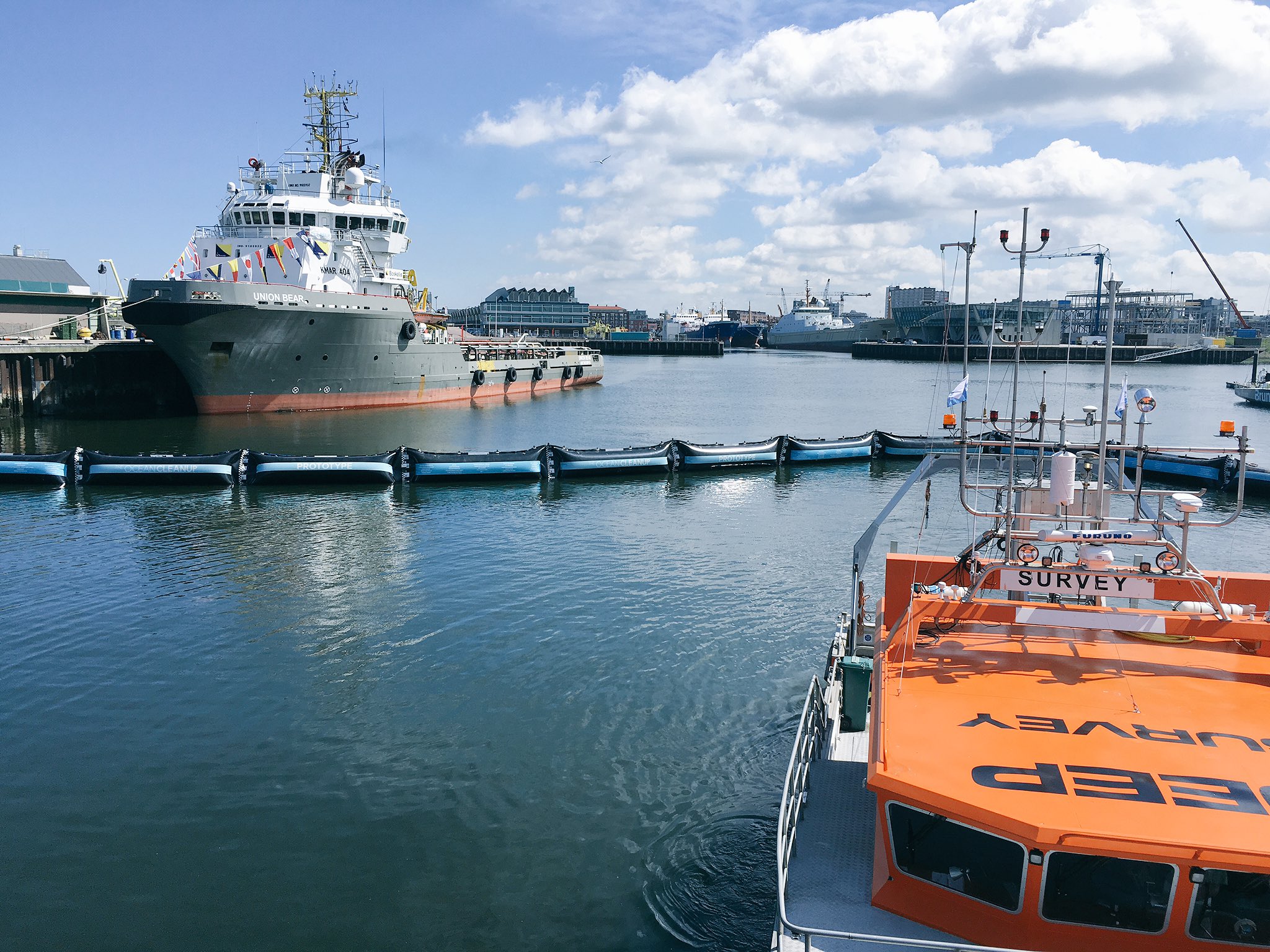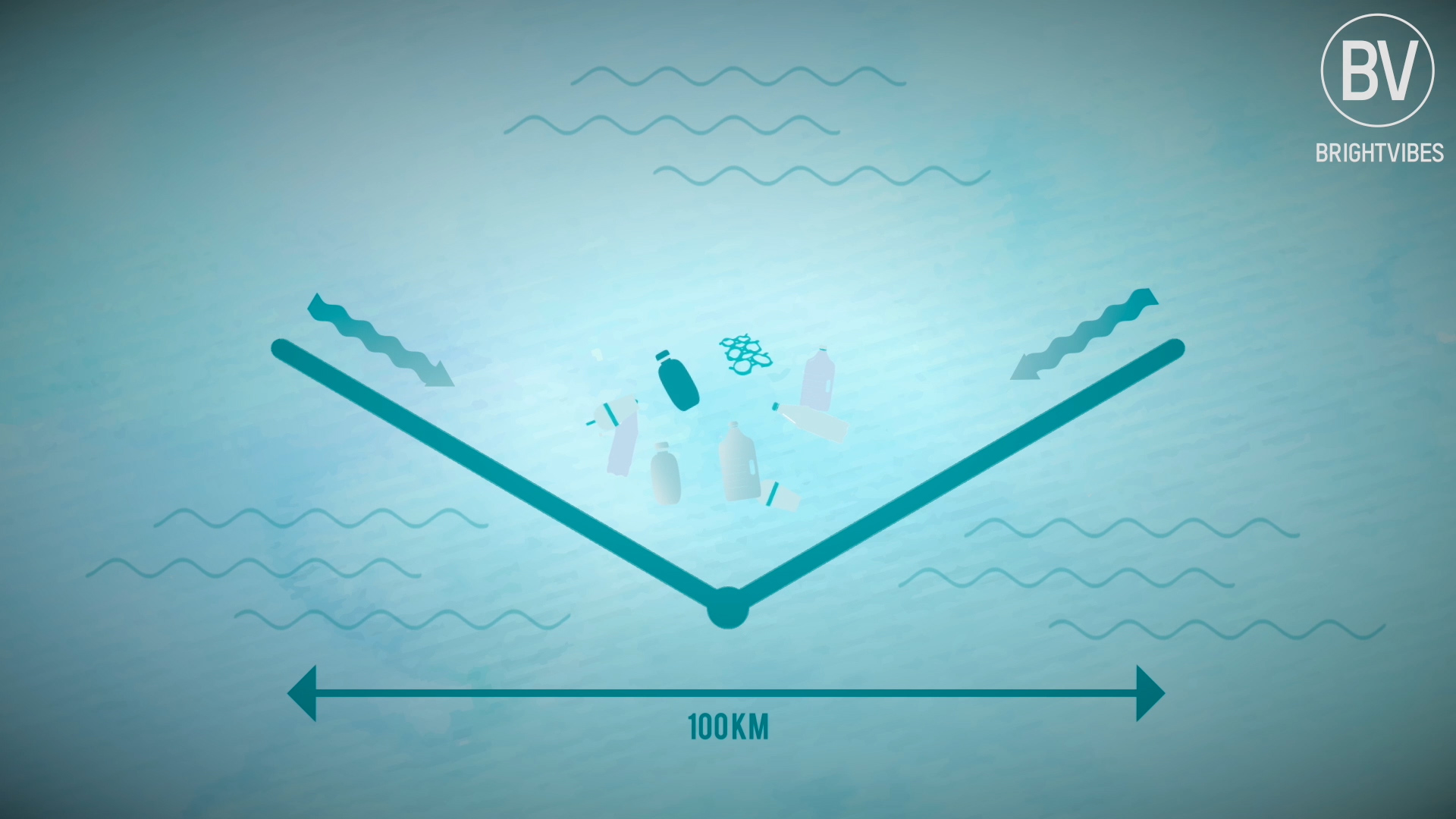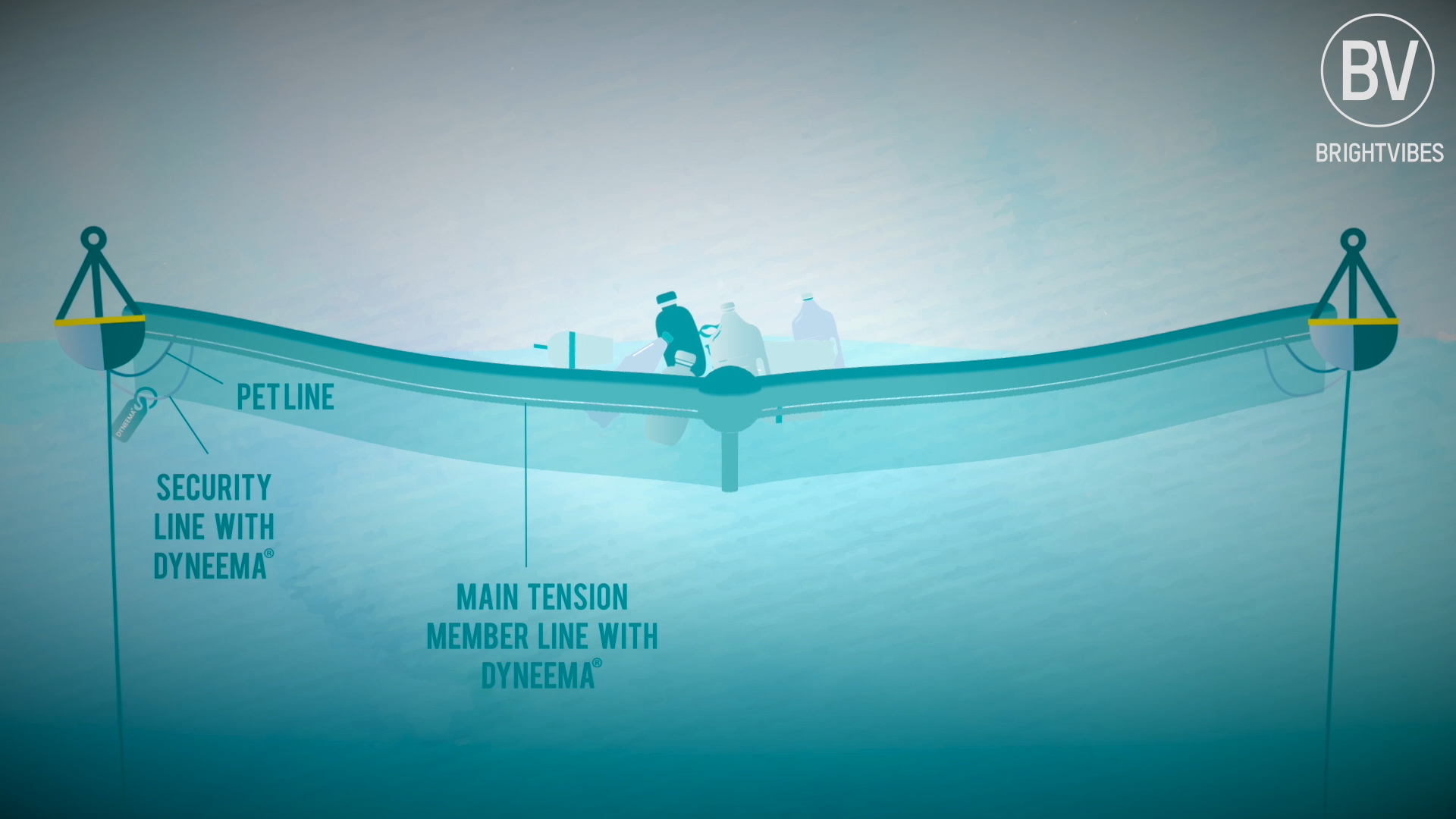
In partnership with DSM
- Sustainable Planet -
- 5mins -
- 910 views
Boyan Slat is solving the world’s oceanic plastic pollution problem
Boyan Slat came up with a solution to one of the world’s biggest environmental challenges in his teenage bedroom. Now, The Ocean Cleanup is poised to change the world.
While most 16-year-old boys are obsessed with girls and sport, Boyan Slat was – and still is – obsessed with plastic. Specifically, the huge amount of plastic that ends up in the ocean every year.
This obsession with finding a solution to clean the ocean of plastic is what lead to Boyan setting up The Ocean Cleanup project.
“Human history is sort of a long list of things that were impossible and then were done,” says Boyan in our video, in which he explains how his ground-breaking design works and reveals what drives him.
“Pessimism is what preserves the status quo, and optimism is what brings us forward.”
Eight million tonnes of plastic enter the Earth’s ocean every year. That’s the equivalent of one refuse truck every minute – and the situation is getting worse.
According to a 2016 report by the Ellen MacArthur Foundation, there will be more plastic than fish in the ocean by 2050.

Growing problem Research on plastic pollution by the Ellen MacArthur Foundation Source: Ellen MacArthur Foundation/The Guardian
While diving on holiday in Greece in 2011, Boyan was shocked to see more plastic than fish in the sea.
Everyone around him wrote it off as a problem with no solution, but Boyan became obsessed with finding a way to tackle this epic environmental crisis.
Fast forward to 2016, and Boyan, now 22, is CEO of The Ocean Cleanup, which develops technology to rid the ocean of plastic.
His design will cut the time it will take to clean the ocean from 79,000 years to just ten.

Boyan Slat The Dutch inventor behind The Ocean Cleanup Source: BrightVibes
Why does this matter?
Oceanic plastic pollution is an eco-disaster. “The ocean is the most important life-support system of our planet,” the Dutch inventor said in an I Am Eco Warrior video.
“It regulates the climate, it produces oxygen. The vast majority of biodiversity can be found in the ocean.
“Plastic pollution has been recognised by the UN as one of the major environmental challenges facing mankind in the 21st century,” he continues.
The Great Pacific Garbage Patch
The plastic currently in the ocean is carried by currents and ends up congregating in five revolving water systems, known as gyres.
The most notorious of these is situated between Hawaii and California and contains approximately one-third of all oceanic plastic. It is known as the North Pacific accumulation zone, or the Great Pacific Garbage Patch, and is the area The Ocean Cleanup will initially focus on.
The radical idea dreamed up by Boyan in his teenage bedroom is the first feasible solution to cleaning the ocean. Harnessing the power of currents will allow the ocean to clean itself, making the project cost effective and significantly quicker than traditional methods.

Where does the world’s plastic end up? There are five accumulation zones on the planet Source: BrightVibes
A teenage boy’s vision
On his return from Greece, Boyan couldn’t let go of the nagging feeling that something could be done to solve the problem of plastic in the ocean.
Noticing that coastlines are very effective at collecting plastic naturally, Boyan’s design centres on the idea of creating artificial coastlines in the middle of the sea.
The Ocean Cleanup began as a school science project that went on to win Best Technical Design at Delft University of Technology.
But this was not Boyan’s first foray into engineering. He’d always been curious about how things work.
“First I built tree houses, then zip-wires, then it evolved towards bigger things,” he says. “By the time I was 13, I was very interested in rocketry.”
At 14, he set the Guinness World Record for the number of water rockets launched simultaneously – 213.
It was while studying aerospace engineering at Delft University in his native Holland that Boyan set up The Ocean Cleanup and gave a TEDx Talk on his big idea.
He was so confident in his idea that he quit university after six months to concentrate on his design. But it was a tough sell. His entire budget was just €200, which was all the pocket money he had managed to save.
After being turned down by hundreds of companies for sponsorship, Boyan tried crowdfunding. He raised the $2 million needed to build a prototype in just 100 days.
In 2014, he became the youngest recipient ever to be awarded the UN’s Champions of the Earth award.

Hello prototype Boyan Tweets about Boomy McBoomface’s successful launch on 22 June, 2016 Source: Twitter @BoyanSlat
Boomy McBoomface
With the prototype, named Boomy McBoomface, currently in place in the North Sea, The Ocean Cleanup is one step closer to its goal.
Conditions in the North Sea are much harsher than the proposed launch site in the Pacific. If Boomy McBoomface succeeds there, it will almost certainly stand up to conditions in the Pacific.

Channelling the plastic The innovative V-shaped barrier Source: BrightVibes
The 100 metre-long floating V-shaped barrier is anchored to the seabed at a depth that’s never been attempted before.
To overcome the many challenges of anchoring a barrier out at sea, The Ocean Cleanup are utilising advanced technology and innovative materials.
The world’s strongest fibre, Dyneema, is being used in the project. Dyneema is fifteen times stronger than steel and has been developed by DSM, a global science-based company active in health, nutrition and materials with solutions that nourish, protect and improve performance.
Dyneema is crucial to the success of the project by allowing the barrier to withstand extreme conditions far out at sea. It will allow the whole construction to move with the motion of the waves and trap plastic as it moves through the ocean, while allowing marine life to swim underneath.

Innovative materials and technology The barrier will be anchored at a depth never attempted before Source: BrightVibes
A new lease of life
As if solving the problem of oceanic plastic pollution isn’t enough, Boyan plans to transform the plastic collected into new products, including a clothing line, sunglasses, car parts and furniture. The project intends to be self-sustainable.
If further trials are successful, the full-scale 100km boom will go live in 2020.
BrightVibes and DSM
We are proud to be working with DSM, who have commissioned us to create this story. We love working with individuals, NGOs, companies and other organisations who are serious about having a positive impact. DSM has been named the worldwide leader in the Materials industry group in the Dow Jones Sustainability World Index published in September 2016. Our special thanks goes out to Boyan Slat and The Ocean Cleanup organisation.

